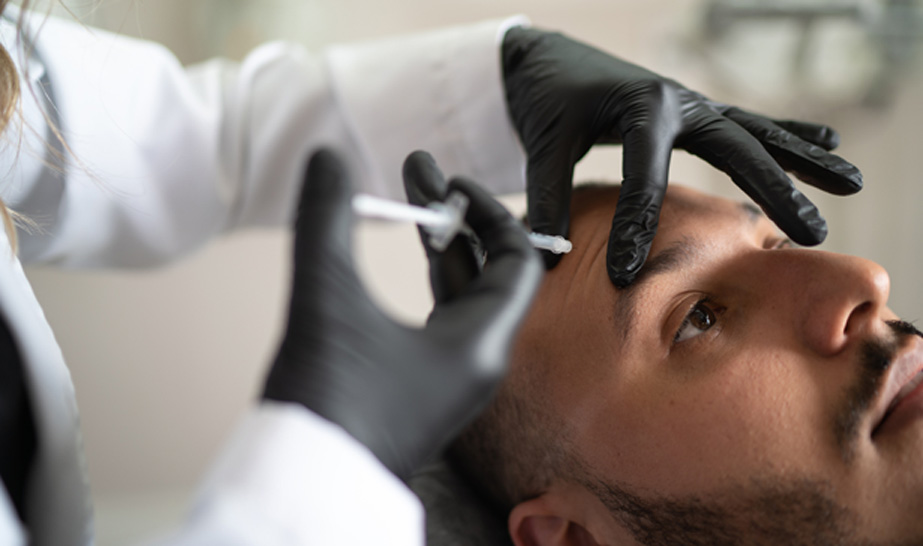
A chronic migraine involves experiencing more than 15 headache days per month over a three-month period, with at least 8 headache days involving a migraine.
When speaking to a doctor, patients should discuss any underlying conditions that may be causing the headaches.
Facts About the Effects of Migraines
An estimated four million Americans have chronic migraines. The effects of a migraine are very debilitating; nine out of 10 individuals experiencing a migraine cannot function normally and one in five are disabled.
Roughly 90 percent of individuals with migraines have a family history of migraine.
Nearly 50 percent of individuals with migraines have not been diagnosed.
Migraine is the third most common and sixth most disabling condition around the world.
Fewer than five percent of individuals with migraines consult a pain or headache specialist.
Symptoms of a Migraine
A migraine can include the following symptoms:
- Light sensitivity
- Sound sensitivity
- Nausea
- Pain on one side
- Vision changes, such as blurred vision
- Throbbing, pulsating pain
- Vomiting
- Aura


Risk Factors for Chronic Migraines
The following factors may increase a patient’s risk of having migraines:
- Depression
- Anxiety
- Other pain disorders
- Obesity
- Asthma
- Snoring
- Caffeine
- Head/neck injury
- Stressful life events
- Acute medication overuse
- Persistent frequent nausea
Treating Chronic Migraines
Botox injection is an FDA-approved treatment for chronic migraines in adults ages 18 and over. When injected, Botox temporarily reduces muscle contractions for about 3 months.
The Risks
The side effects of a Botox injection may include:
- Swelling or bruising at the injection site
- Drooping eyelid
- Unbalanced eyebrows
- Dry eyes
- Excessive eye tearing
- Neck pain
- Stiffness at the injection site
- Headache
Injecting Botox in a slightly different location can help reduce eye drooping.
Rare side effects include vision problems, difficulty breathing, muscle weakness and trouble speaking or swallowing.
Who Qualifies?
Because Botox is an FDA-approved treatment, some insurance companies will cover the costs of Botox treatment. However, most insurance providers require patients to undergo other procedures before they will agree to cover the cost of Botox injections.
What to Expect During a Botox Injection Procedure
A Botox injection procedure takes about 10 to 15 minutes. During the session, the doctor will inject multiple doses into the patient’s temples, forehead, bridge of the nose, back of the head, upper back and neck.
After the Procedure
Patients may need to wait 10 to 14 days to experience relief. Some patients may need additional treatments to notice a reduction in migraines. Individuals with chronic migraines have the most positive results, compared to those experiencing fewer migraines.
Many patients will need to take other medication (in addition to Botox) in order to prevent migraine attacks, such as cardiovascular drugs, antidepressants and/or anti-seizure medications.
For maximum benefit, patients should follow healthy habits. For example:
- Reduce alcohol consumption
- Minimize stress
- Avoid bright lights and sounds
- Stay hydrated
- Get enough sleep
- Stay active

